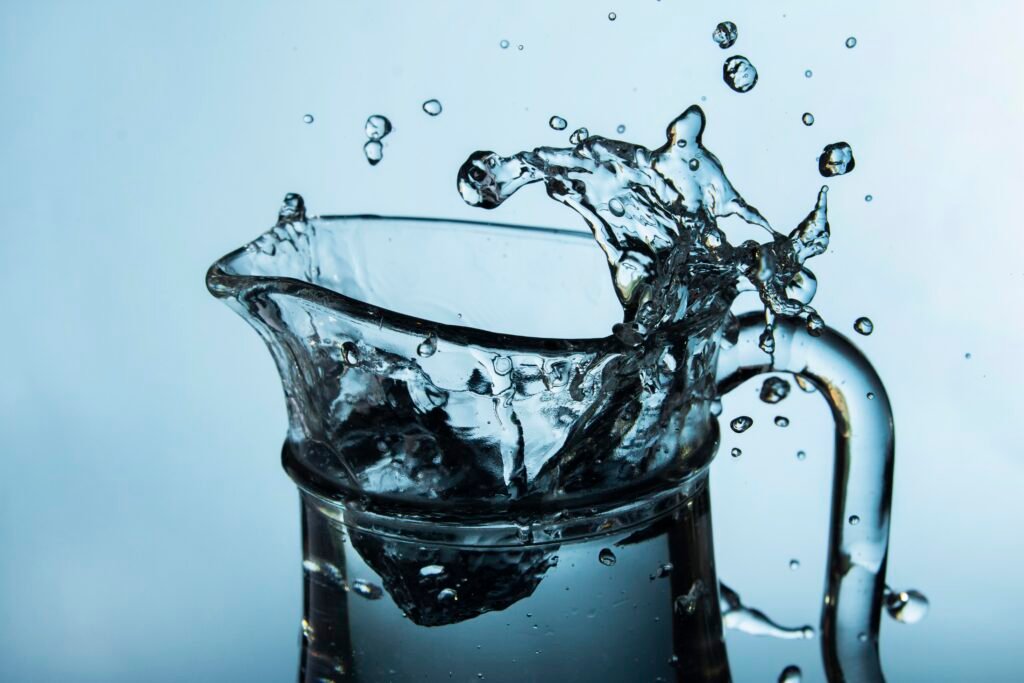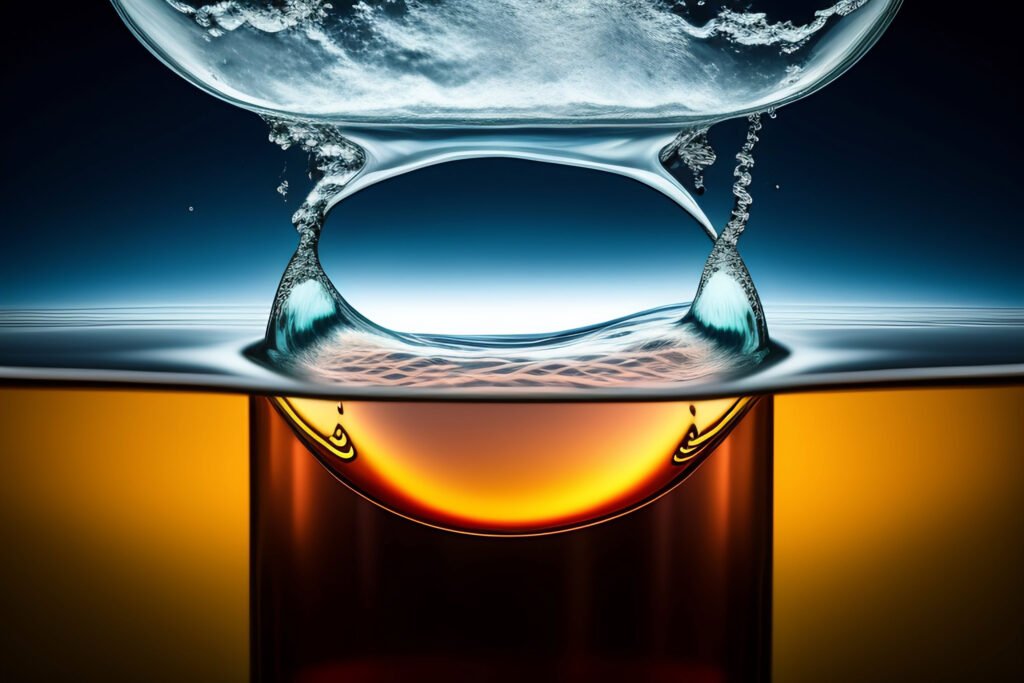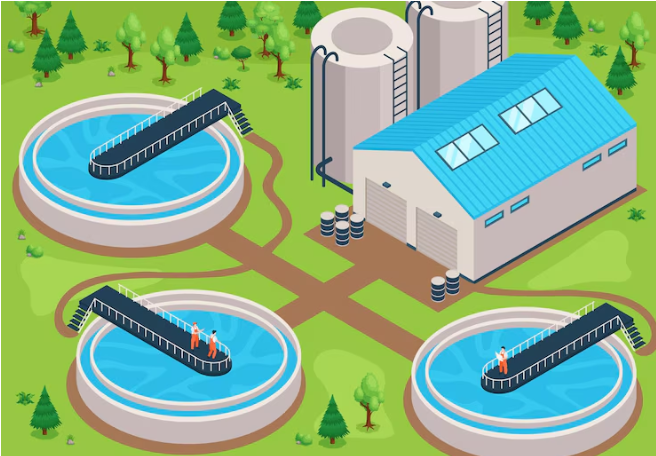Wastewater Treatment Methods: A Complete Overview
Explore the wastewater treatment methods, from physical and mechanical to biological and chemical processes, ensuring environmental sustainability.
Wastewater Treatment Methods
There are four different wastewater treatment methods, each with a unique treatment process. However, examination and evaluation should come first in any medical procedure. Below are explained four specific industrial water treatment technologies:
1. Physical Technologies for Waste Water Treatment
Using physical techniques to purify wastewater is known as physical water treatment. This technology uses screening, skimming, and sedimentation to remove particles from wastewater. There is no use of chemicals at all in this technique. Among the methods adopted by this approach are:
Sedimentation
The process of treating waste water by collecting and separating heavy or insoluble particles from the wastewater is called sedimentation. When an insoluble substance sinks to the bottom of water, the water and the insoluble substance separate.
Aeration
In this process, oxygen is added to the wastewater through air circulation. There are several methods of adding air or oxygen to sewage, such as spraying, diffusion, and surface aeration. Once oxygen comes in contact with water, the aeration process begins immediately.
2. Mechanical techniques for treating wastewater
One of the traditional methods of treating wastewater is mechanical filtration, which can be accomplished in one of two ways:
Ceramic Membrane Technology
One of the traditional methods of treating wastewater is mechanical filtration, which can be accomplished in one of two ways:
Ceramic Membrane Technology
Using ceramic membranes installed in residences to filter wastewater is known as ceramic membrane filtration. When the wastewater begins to pass through the membranes, the filtration process will begin. The pressure required to pass water through the ceramic membrane is supplied by a feed pump.
Sand Filter Technology
More than 200 years have passed since the invention of this technology. It is more useful in situations where fluids are pushed downwards by pressure or gravity. The potential of this technology for inadequate disinfection is one of its shortcomings. A large quantity of special-grade sand is kept in a large tank as a sand filter.
3. Biological Method of Wastewater Treatment
It is wastewater treatment using biological processes. Organic substances found in wastewater, such as food, soap, oil, and human waste, are broken down at this point. The biological process wastewater treatment method includes three categories:
Aerobic Process
Here, microorganisms break down organic matter in the wastewater to produce carbon dioxide. Breaking down organic matter in wastewater requires aerobic microorganisms (bacteria and fungi) and oxygen. Several aerobic organisms are added to the wastewater in an activated sludge reactor to facilitate the aerobic process.
Anaerobic Process
Instead of using oxygen to break down the organic matter in the wastewater, fermentation is used at this point. Organic matter can be broken down without the need for oxygen by the microorganisms (anaerobic bacteria) employed in this process. Using fermentation, the waste is fermented at a particular temperature.
Composting
During this stage of treatment, sawdust or another carbon source is mixed with the effluent. A popular technique for processing sludge and turning it into a valuable product that can be added to soil to improve its nutritional content is composting.
4. Chemical Methods of Wastewater Treatment
While there are many chemical treatment methods, chemical neutralization, adsorption, precipitation, disinfection, and ion exchange are the most commonly used. Despite the differences between the chemical treatment methods mentioned above, changing external variables affect the material.
Neutralization
It is the process of controlling and maintaining the pH level of wastewater at or below 7. If the water does not have enough acidity, an acid will be added to raise the pH to the required amount. If the alkalinity of the water is insufficient, a base will be added to raise the pH level to the required level.
Adsorption
Adsorbents are used in this chemical industrial wastewater treatment process to remove soluble compounds from wastewater. Adsorption is a process used to remove a variety of organic molecules, including hazardous substances and detergents. Before use, the absorbent needs to be activated for best effect.
Precipitation
Acid or alkali is used in the chemical precipitation process to remove dissolved inorganic substances from wastewater. This technique involves either injecting chemicals or changing the temperature. Sedimentation or flotation can be used to remove the sediment.
Disinfection
In this chemical treatment process, pathogens (viruses, bacteria, and protozoa) in the wastewater are detected or inactivated using specific disinfectants. The main goal of this process is to preserve the microbiological quality of wastewater.
Ion Exchange
Softening is the main goal of the chemical treatment process. Because one charged ion is replaced by another similarly charged ion, the process is called a reversible reaction. In other words, sodium takes the place of multivalent cations.
Advanced Wastewater Treatment Methods
The advancement of technology has given rise to the discovery of various innovative water treatment techniques. The following are some of the state-of-the-art technologies found for the treatment of wastewater:
1. Desalinization
Reverse osmosis and multi-stage flash distillation are technologies used by desalination plants to convert seawater into fresh, pure water. The processes eliminate salt from the water, making it suitable for human use and consumption.
2. Sono Arsenic Filtering
With the application of a filtering process called sonoarsenic filtration, groundwater can be made safe for human consumption by absorbing and filtering out arsenic. This filter is quite popular in many Asian countries where access to safe and clean drinking water is limited. The person responsible for creating this filtering system is known as Professor Abdul Hussam.
3. Life Straw
Using this state-of-the-art technology, pollutants are removed from the wastewater as it flows, ensuring that it is safe for human consumption. Users can drink water from a lake or creek with it, just like they would through a regular straw.
4. Membrane Filtration Technology
The LifeStraw water treatment method and SonoFilter are very different from membrane filtration technology. Membrane filtration technology uses microfiltration, nanofiltration, ultrafiltration, and reverse osmosis, among other methods, to remove pollutants and poisons from water using a low or high-pressure membrane system.
5. Ultraviolet Irradiation Technology
Impurities are eliminated from water using ultraviolet radiation techniques such as UV light, and industrial wastewater treatment techniques. This technology uses high-energy electromagnetic radiation across the spectrum to eliminate impurities and purify surfaces, air, and water.
Conclusion:
Wastewater treatment is an essential step in ensuring safe disposal or reuse of water. A variety of techniques are used, such as chemical, mechanical, biological, and physical processes. Each technology adopts a different strategy to eliminate wastewater pollutants, improving human health and the environment.
FAQ (Frequently Asked Questions)
1- What are the methods of wastewater treatment?
Phase separation techniques (such as sedimentation), biological and chemical techniques (such as oxidation), and polishing are often employed in wastewater treatment operations. Sludge, which is usually processed in the same or another wastewater treatment plant, is the primary by-product of these facilities.
2-What are the different types of wastewater?
- Dirty water from the kitchen, washing machine, dishwasher, shower, and bathtub.
- Blackwater, like waste from toilets.
- Sewage is a mixture of trade effluent, black water, and greywater.
All wastewater except sewage is classified as industrial wastewater.
3-What is the process of WTP?
The water treatment plant’s headworks receive the raw water and use it to start the first of its five main unit water treatment works, which treat the water to make it safe to drink. The five main unit processes are chemical coagulation, flocculation, sedimentation, filtration, and disinfection (detailed below).
4-How does biological wastewater treatment work?
Recognize how aerobic and anaerobic processes and composting methods break down organic materials in wastewater.
5-What are the advanced wastewater treatment methods?
Discover innovative technologies such as desalinization, sonoarsenic filtration, LifeStraw, membrane filtration, and ultraviolet irradiation for wastewater treatment.



